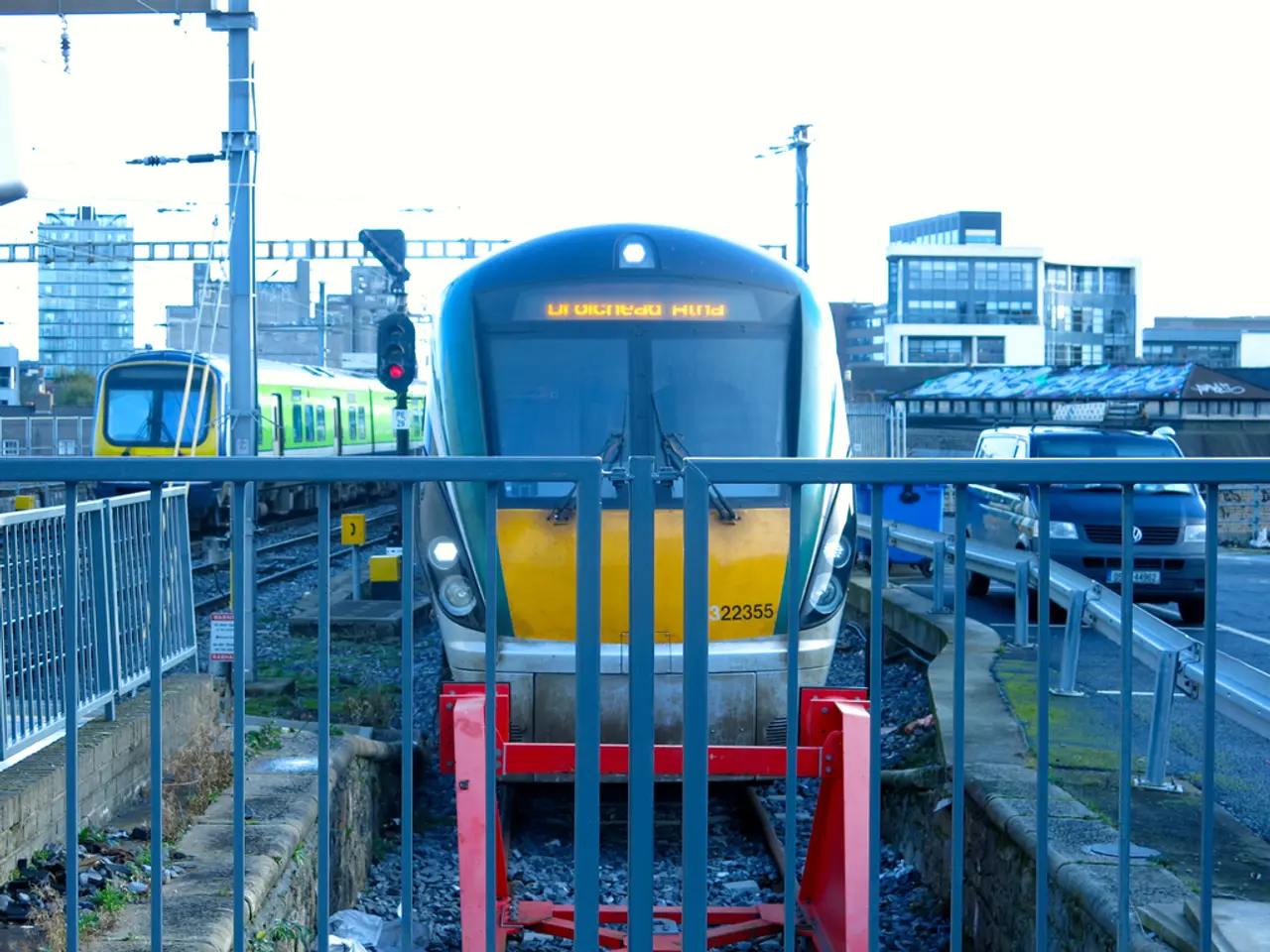Construction of the Real-Time Settlement system (RTR) by Payments Canada is reportedly 60% finished, according to the organization's recent disclosure.
Payments Canada, the country's central payment clearing and settlement organisation, has reported significant progress on its Real-Time Rail (RTR) project. According to Jude Pinto, the chief delivery officer at Payments Canada, the RTR technical build has reached 60% completion, and the centralised fraud services build is also at the same stage.
The RTR project focuses on enhancing fraud detection, promoting interoperability, and providing flexible connection options for member participants. The fraud foundational build integrates advanced fraud detection mechanisms, leveraging AI and blockchain technology, to offer secure, tamper-proof, and real-time fraud monitoring.
The deployment strategy for RTR follows a phased approach, with a fraud foundational build as a core element before wider deployment across participants. This includes cloud-native infrastructure for flexible and scalable deployment, continuous AI model retraining on real-world data, and interoperability support with existing payment rails and standards like ISO 20022 and SWIFT.
Member participants can connect to the RTR exchange directly or through a connection service provider, or leverage a third-party exchange. They can also choose to use their own Bank of Canada settlement account and participate as direct clearers or clear and settle indirectly via a settlement agent.
The technical build phase of RTR will be followed by a testing phase, with internal technical testing on track to complete in Q3 of 2025. Payments Canada is conducting an industry impact assessment in parallel with testing, and joint workshops are being held with the industry as part of the assessment.
The new RTR fraud services include a fraud transaction score, a fraud reporting and intelligence platform, a risk list for accounts with prior fraud reports, and a national Confirmation of Payee capability. These new fraud protections will work in tandem with member participants' existing fraud controls, making them stronger.
Since its last update at the end of January, Payments Canada has made substantial progress in collaboration with regulators and the industry on a framework for member participants to connect to and use the RTR. The RTR project reflects Payments Canada’s commitment to delivering a resilient, secure, and interoperable real-time payments ecosystem.
[1] Real-Time Rail (RTR) Project - Payments Canada (payments.ca) [4] Fraud Foundational Build - Payments Canada (payments.ca) [5] Deployment Strategy - Payments Canada (payments.ca)
- The Real-Time Rail (RTR) project, led by Payments Canada, aims to improve fraud detection, enhance interoperability, and offer flexible connection options for member participants.
- The RTR fraud foundational build employs advanced fraud detection mechanisms, which utilize AI and blockchain technology, for secure, tamper-proof, and real-time fraud monitoring.
- The deployment strategy for RTR involves a phased approach, featuring cloud-native infrastructure, continuous AI model retraining, and interoperability with existing payment rails like ISO 20022 and SWIFT.
- Member participants can connect to the RTR exchange directly, via a connection service provider, or utilize a third-party exchange, while employing Bank of Canada settlement accounts for settlement purposes.
- Payments Canada is currently in the technical build phase of RTR, with plans for a testing phase in Q3 of 2025, simultaneous industry impact assessment, and joint workshops with the industry for collaboration and feedback on the RTR framework.




